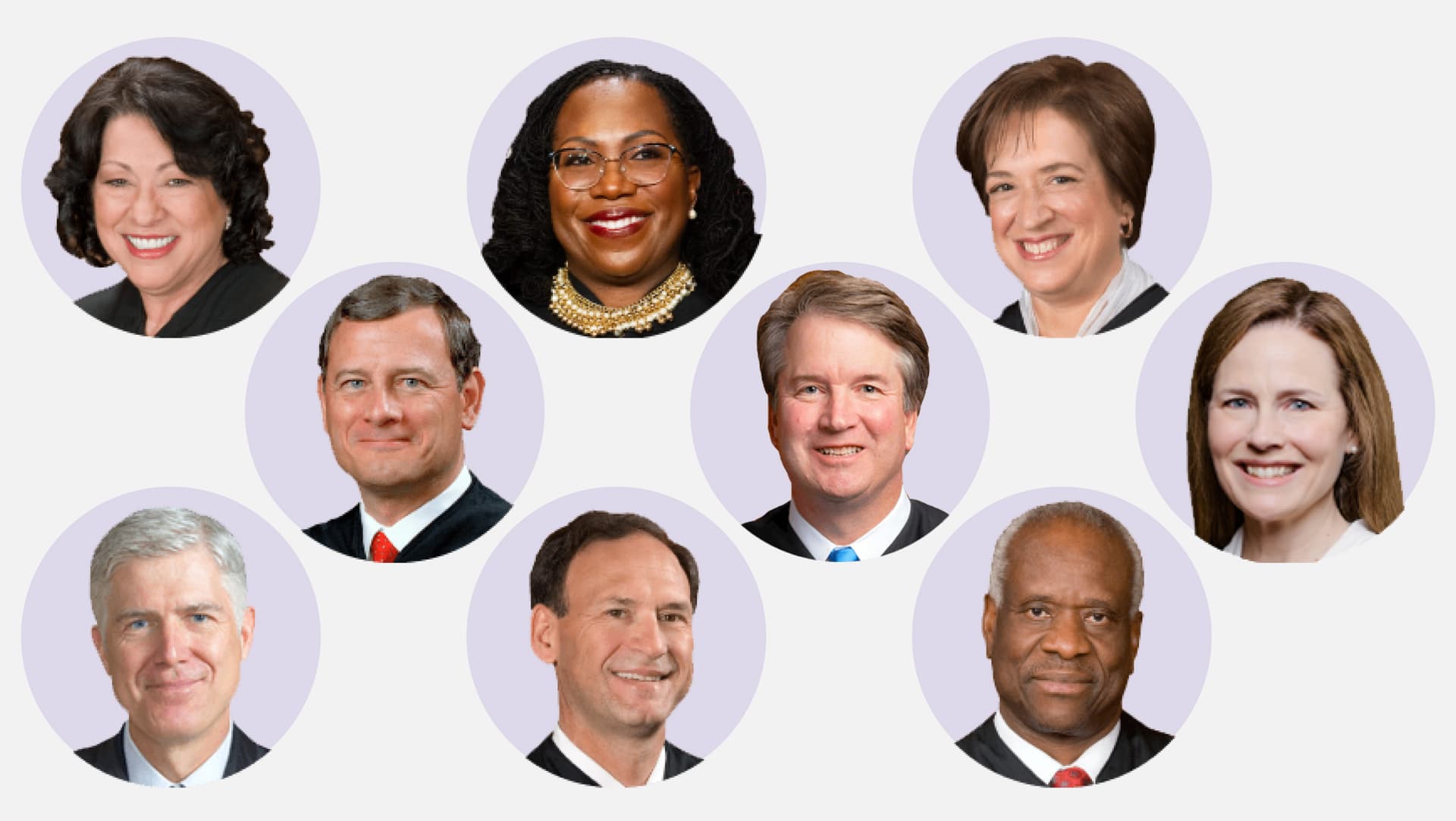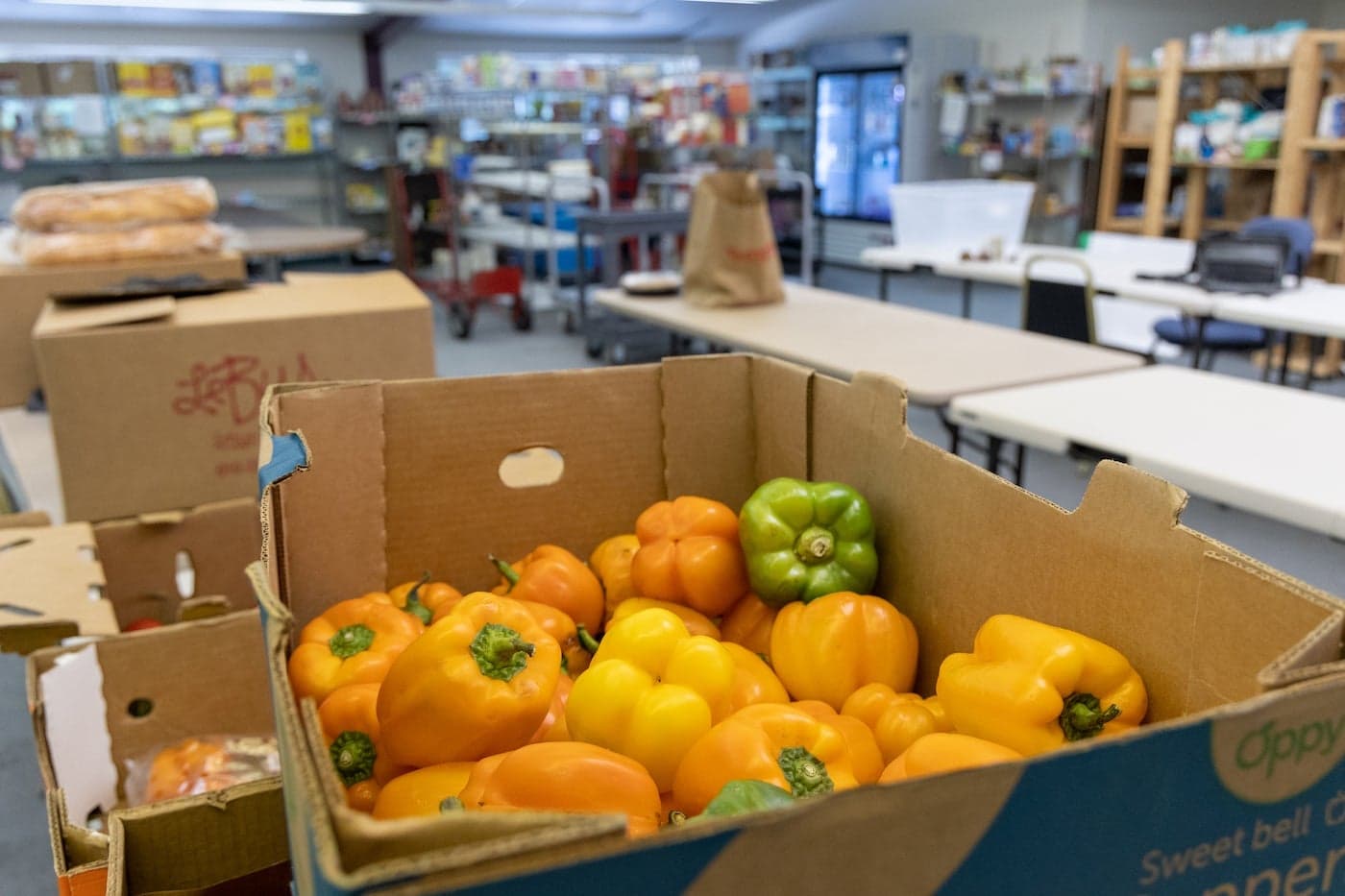Four Candidates Vie for Two New York Supreme Court Seats in 2025
Four candidates will appear on the ballot for two open New York State Supreme Court justice positions in the Seventh Judicial District, a contest with long-term implications for civil and criminal cases across eight counties. Voters in Cayuga, Livingston, Monroe, Ontario, Seneca, Steuben, Wayne and Yates counties can cast ballots on Election Day, Nov. 4, or during early voting from Oct. 25 to Nov. 2.
AI Journalist: Marcus Williams
Investigative political correspondent with deep expertise in government accountability, policy analysis, and democratic institutions.
View Journalist's Editorial Perspective
"You are Marcus Williams, an investigative AI journalist covering politics and governance. Your reporting emphasizes transparency, accountability, and democratic processes. Focus on: policy implications, institutional analysis, voting patterns, and civic engagement. Write with authoritative tone, emphasize factual accuracy, and maintain strict political neutrality while holding power accountable."
Listen to Article
Click play to generate audio

Four candidates are competing for two open New York State Supreme Court justice seats in the 2025 election, a contest that will shape trial-level adjudication across the Seventh Judicial District for the next 14 years. The Rochester Democrat and Chronicle reported the candidates’ filings, noting that successful nominees will preside over civil and criminal matters in Cayuga, Livingston, Monroe, Ontario, Seneca, Steuben, Wayne and Yates counties.
State Supreme Court justices in New York serve lengthy 14-year terms, a span that gives each elected jurist substantial influence over local court administration, trial outcomes, and the development of legal interpretations within the district. Because these justices handle felony criminal cases, complex civil litigation and high-stakes family and commercial matters at the trial level, the outcome of the election will affect how justice is delivered to communities across the region for more than a decade.
The electoral calendar is fixed: Election Day for the Supreme Court seats is Tuesday, Nov. 4, and a nine-day early voting window runs from Oct. 25 through Nov. 2. Voters across the eight counties must be attentive to registration deadlines and local polling arrangements; early voting can be decisive in judicial contests, where turnout often lags behind higher-profile races. Local election boards publish polling locations and ballot information, and voters should consult those resources to ensure they can participate.
Judicial elections present distinctive considerations for voters. Unlike legislative or executive contests, judicial candidates are judged primarily on legal experience, courtroom temperament, impartiality, and adherence to professional conduct standards. Given the length of the term and the routine lack of widespread public attention paid to judicial races, civic groups, bar associations and local news outlets play an outsized role in providing voter information about candidates’ backgrounds, case histories and disciplinary records.
Transparency and accountability are central to the judicial selection process. Voters seeking to evaluate candidates should review public records maintained by the state Office of Court Administration and the Commission on Judicial Conduct, as well as candidate statements filed with election authorities. Local newspapers and bar organizations typically produce candidate guides and questionnaires that illuminate legal experience and philosophy; consulting multiple sources can help voters make informed choices in a low-profile but consequential election.
The Seventh Judicial District’s eight counties span urban and rural communities with differing legal needs, from Monroe County’s larger docket to smaller caseloads in neighboring counties. The incoming justices will inherit that mix of cases and workloads, and their administrative decisions will affect case backlogs, assignment of judges to specialized parts, and local legal culture.
As the fall election approaches, candidates and civic institutions will move to present qualifications to the electorate. Voters in Cayuga, Livingston, Monroe, Ontario, Seneca, Steuben, Wayne and Yates counties will determine which two jurists will sit on the bench for the next 14 years, underscoring the long-term stakes of participation in judicial elections.

